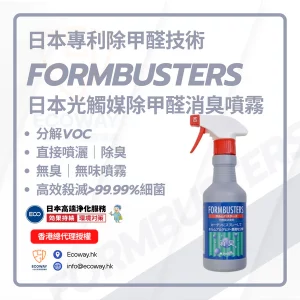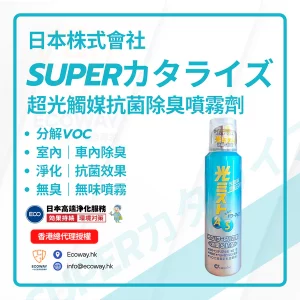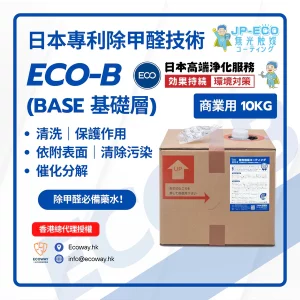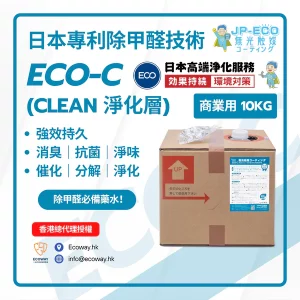Mold Removal Services
Mold concentration and removal is analyzed using advanced inspection tools and testing equipment, and we are one of the leading companies in Singapore for professional mold inspection, testing, and removal services.
Benefits of Using Our Services
- Improves indoor air quality for healthier living
- Prevents structural damage to walls and ceilings
- Reduces allergy and respiratory health risks
- Stops mold from spreading to other areas
- Provides long-term protection with professional treatment
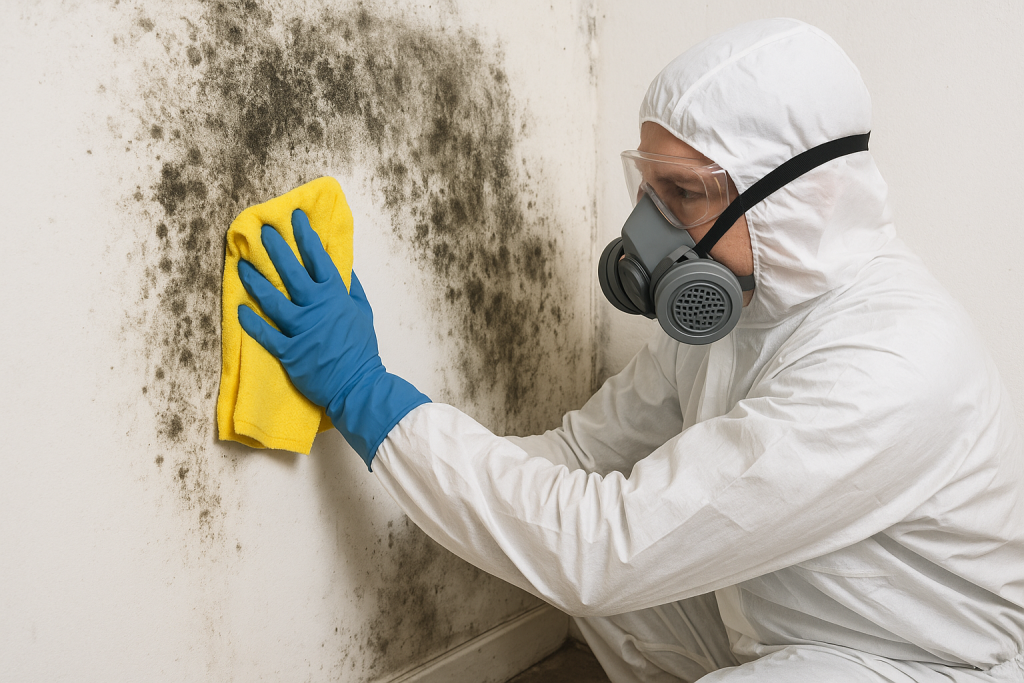
What is Mold?
Mold is a type of fungus that thrives in damp, humid, and poorly ventilated environments. It reproduces through microscopic spores that travel through the air and settle on surfaces where moisture is present. Mold can grow on walls, ceilings, wood, carpets, and even furniture, often appearing as black, green, or white patches with a musty odor.
While mold is a natural part of the environment, indoor mold growth can pose serious concerns. Not only does it damage the surfaces it grows on, but it can also release allergens and irritants that impact human health. Prolonged exposure to mold has been linked to respiratory issues, allergies, and weakened immune systems, making professional mold inspection and removal essential for a safe living and working environment.
Causes of Mold Growth
Mold typically develops in areas with excess moisture, high humidity, or poor ventilation. Common causes include water leaks from pipes or roofs, flooding, condensation on windows, and damp building materials. Bathrooms, kitchens, and basements are especially prone to mold due to their frequent exposure to water and steam.
In Singapore’s warm and humid climate, mold growth is even more common if proper preventive measures are not taken. Air-conditioning systems, poorly ventilated rooms, and neglected cleaning routines can create ideal breeding grounds for mold. Identifying and addressing these root causes is crucial to effectively removing mold and preventing it from returning.
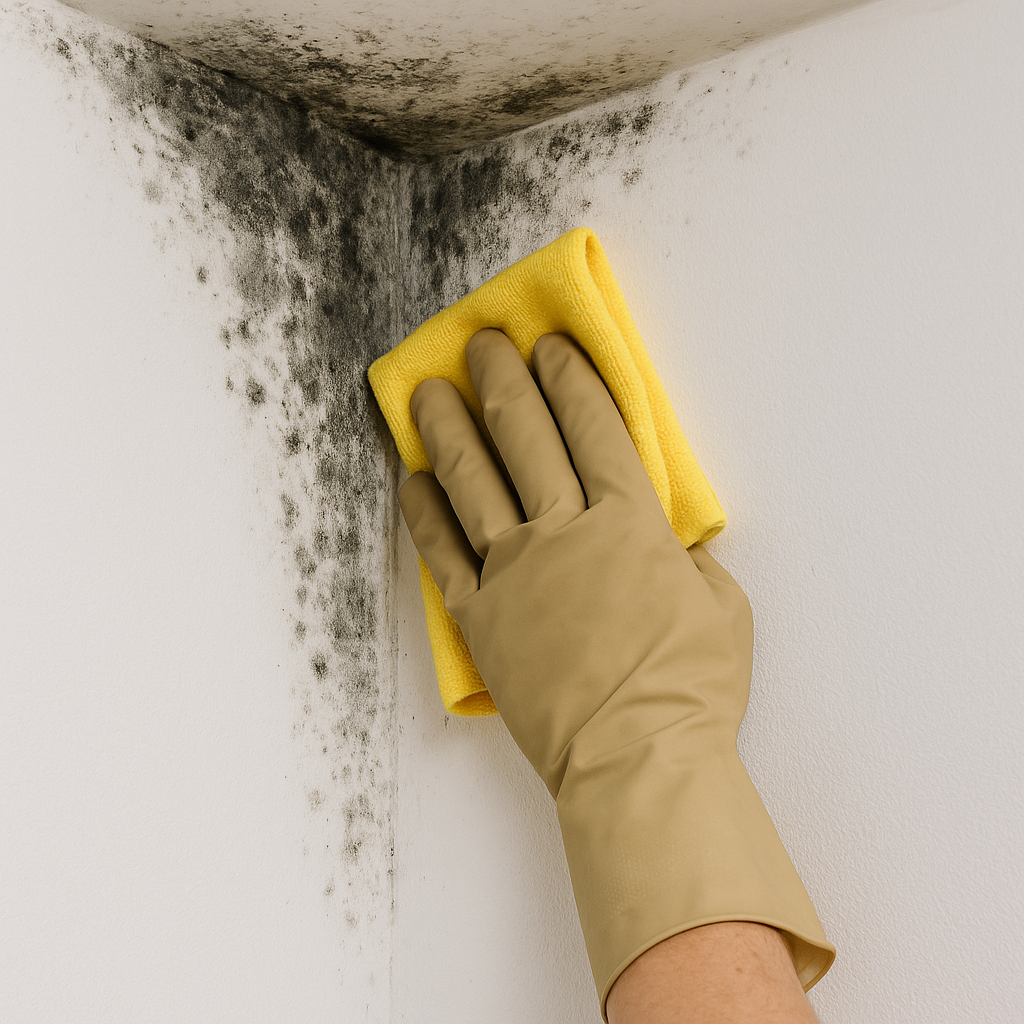
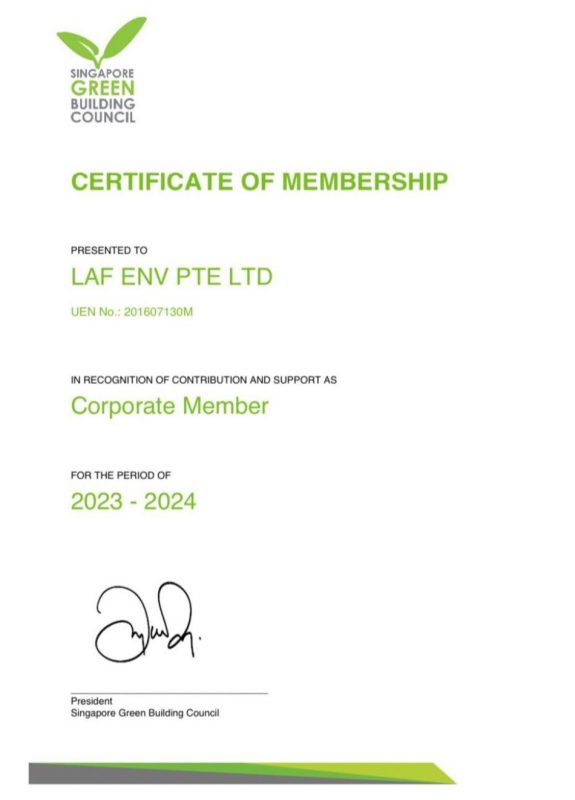
Poor building maintenance and delayed repairs also contribute to mold problems. Cracks in walls, clogged gutters, or untreated water damage allow moisture to seep into surfaces, creating hidden breeding spots for mold. Without timely action, these small issues can escalate into widespread infestations that compromise both the property and the health of its occupants.
Health Risk of Mold Exposure
Respiratory Issues and Breathing Difficulties
One of the most common health risks of mold exposure is the impact it has on the respiratory system. Mold releases microscopic spores into the air, which can be inhaled and irritate the nose, throat, and lungs. For many individuals, this leads to symptoms such as persistent coughing, sneezing, nasal congestion, and shortness of breath. People with asthma or chronic lung conditions are especially vulnerable, as mold can trigger severe asthma attacks and worsen pre-existing respiratory problems. In enclosed spaces like homes and offices, mold spores circulate easily through air-conditioning systems, making the environment unsafe for occupants. Over time, continuous exposure to mold can weaken lung function and cause long-term breathing difficulties. This is why timely mold inspection and professional removal are crucial in maintaining safe indoor air quality and protecting individuals from chronic respiratory ailments.
Allergic Reactions and Skin Irritation
Mold exposure is also known to cause allergic reactions in sensitive individuals. When mold spores come into contact with the skin, eyes, or respiratory system, they can trigger allergic symptoms such as itchy eyes, watery eyes, runny nose, skin rashes, and sinus discomfort. Some people may experience hives or dermatitis when exposed to mold-contaminated environments. Children and the elderly, whose immune systems are more fragile, are at greater risk of developing strong allergic responses. Even in individuals who are not typically allergy-prone, prolonged mold exposure can eventually lead to heightened sensitivity. In workplaces or homes where mold growth is left untreated, these allergic reactions can significantly affect comfort, productivity, and overall well-being. Professional mold removal not only eliminates the source of allergens but also helps restore a healthier living environment, preventing recurring flare-ups of skin and respiratory irritation caused by mold spores.
Long-Term Health Complications
While short-term symptoms of mold exposure may appear mild, long-term exposure can result in more serious health complications. Certain molds, such as black mold (Stachybotrys chartarum), produce mycotoxins that are particularly harmful to human health. Prolonged contact with these toxins has been linked to chronic fatigue, headaches, difficulty concentrating, and even neurological issues in severe cases. For individuals with weakened immune systems, mold exposure can increase the risk of infections that may become life-threatening if not addressed. Studies have also suggested a potential connection between mold exposure and the development of chronic illnesses such as bronchitis and other lung diseases. The longer mold is left untreated in a property, the higher the chances of these health complications affecting its occupants. Engaging professional mold remediation services is a critical step not just to restore property condition, but also to safeguard the long-term health of those living or working within the space.



